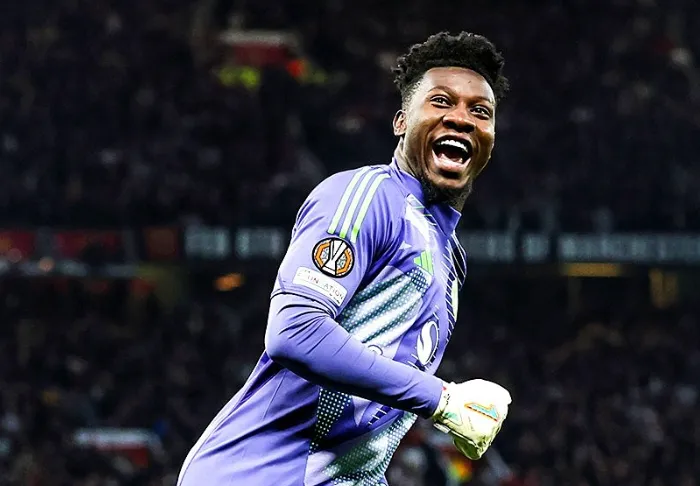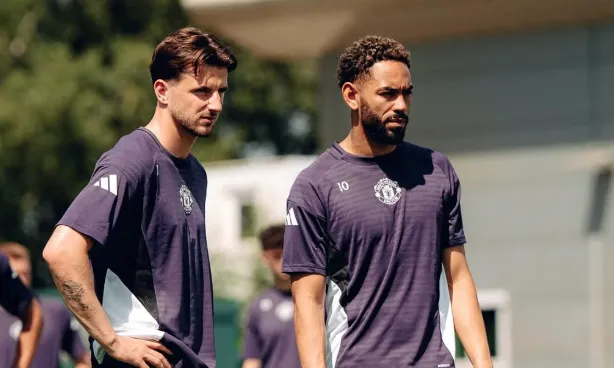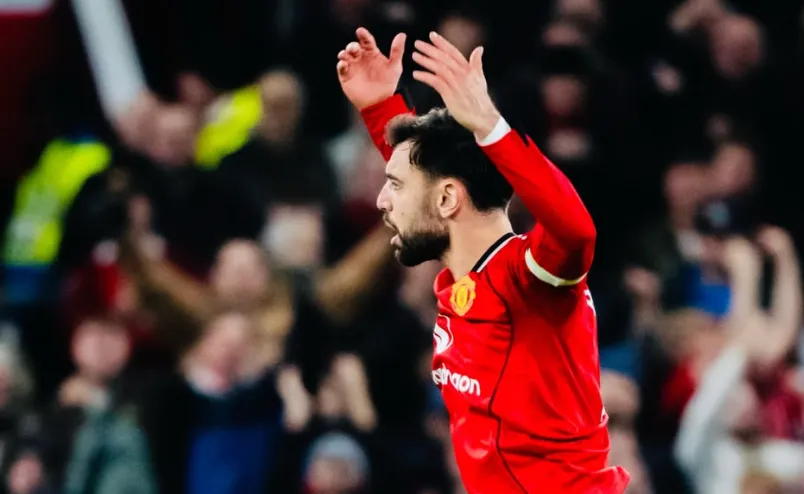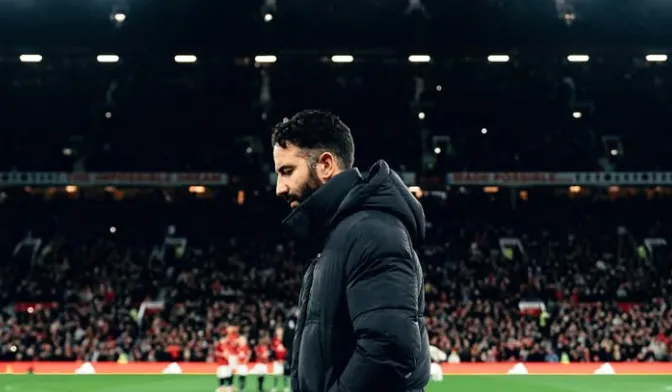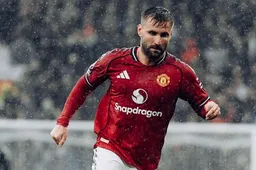Garnacho's Man Utd return: Amad's photo storm and bust-up on touchline with Yoro
NewsSunday, 21 September 2025 at 20:41
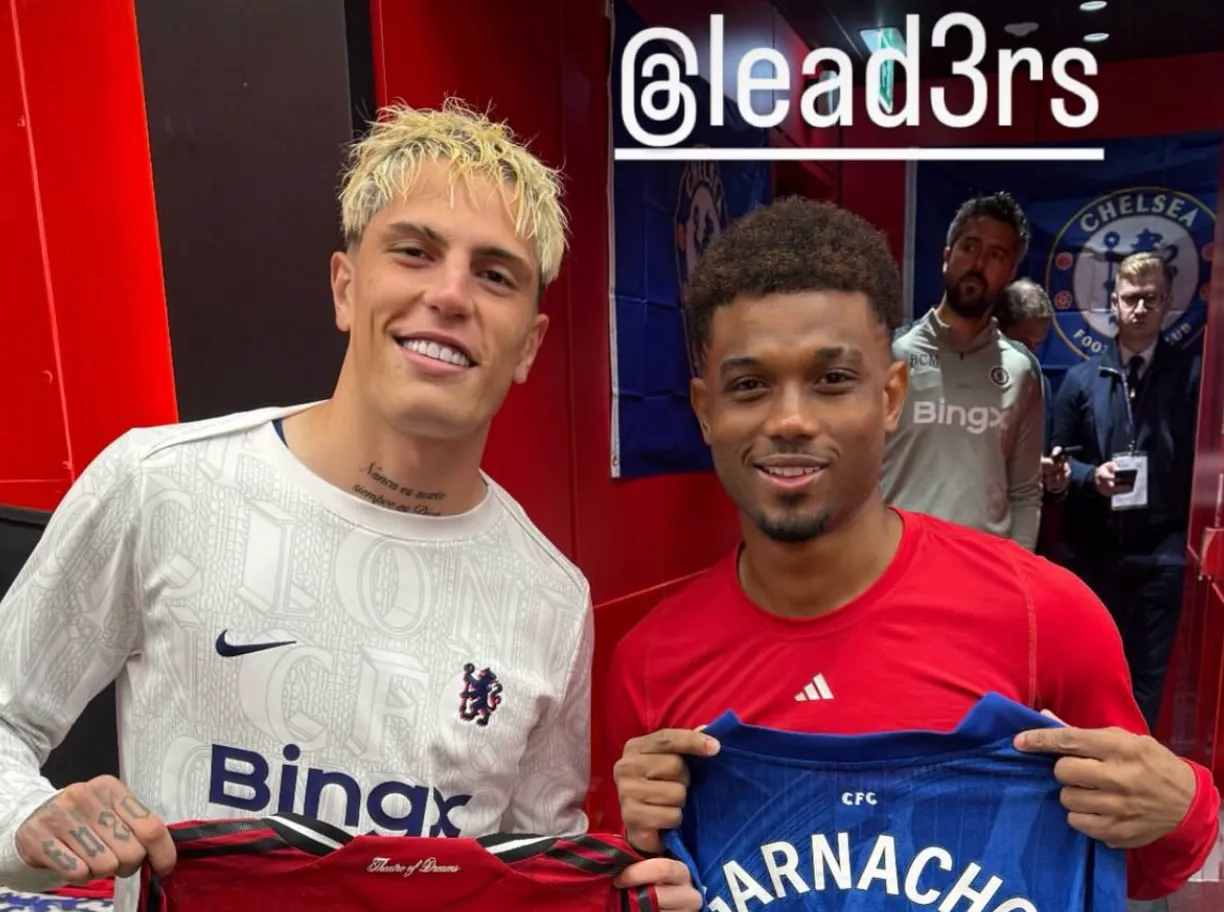
What should have been a simple gesture of friendship quickly spiralled into a storm at Old Trafford.
After Manchester United’s 2-1 win over Chelsea, Amad Diallo posted a photo on Instagram alongside Alejandro Garnacho, the winger who left United for Stamford Bridge in the summer.
The image, showing the pair smiling and swapping shirts, might have been routine in another context. But Garnacho’s controversial departure — and the hostility he faced on his first return to Old Trafford — turned it into a lightning rod.
Read also
United supporters, who had already greeted Garnacho with boos, saw the post as tone-deaf. Many accused Amad of showing disloyalty to the club and its fanbase. The backlash was immediate and fierce.
Within hours, Amad deleted the photo, then stripped almost his entire Instagram and X (formerly Twitter) accounts, sparking speculation that he was rattled by the intensity of the criticism.
The photo wasn’t the only subplot of Garnacho’s return. Cameras also picked up Leny Yoro appearing to blank the Argentine when they were warming up on the touchline leading to angry response from Garnacho.
Yoro, who has quickly become a fan favourite for his composure and commitment, walked past his former teammate without acknowledgement. For supporters, the contrast was stark: one player embracing Garnacho warmly, another seemingly distancing himself.
Read also
Together, the two incidents highlight the conflicting emotions Garnacho’s exit still stirs. At 21, he was once seen as the face of United’s future. But his decision to join Chelsea — coupled with pointed comments about his time in Manchester — left many feeling betrayed.
The response at Old Trafford, both on the terraces and in the squad’s body language, showed that those wounds remain fresh.
For Ruben Amorim, this represents another challenge. Social media posts and handshake snubs may seem small, but they shape narratives about loyalty and togetherness.
Garnacho’s return was never going to pass quietly, and there was plenty of anticipation of the reaction if he had come onto the pitch.
Instead, it has reopened the debate over how modern footballers balance personal friendships with public perception — and whether a single photo can carry more weight than 90 minutes on the pitch.
Loading
